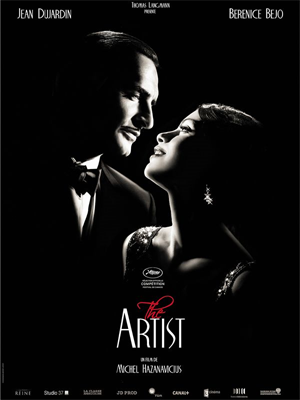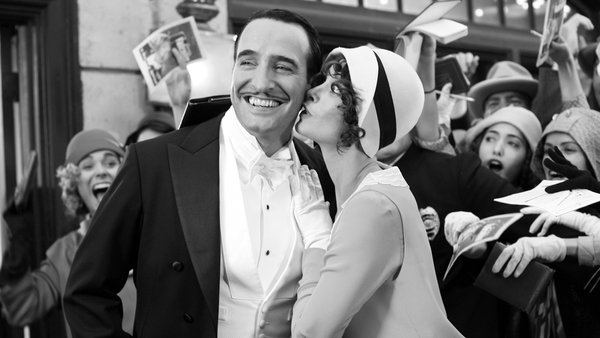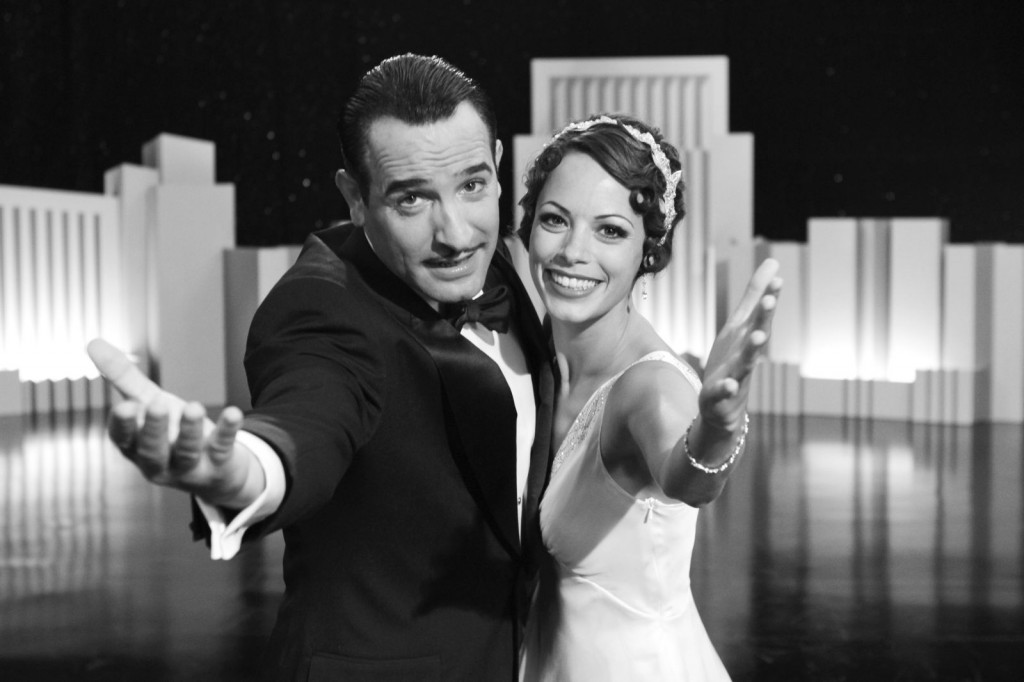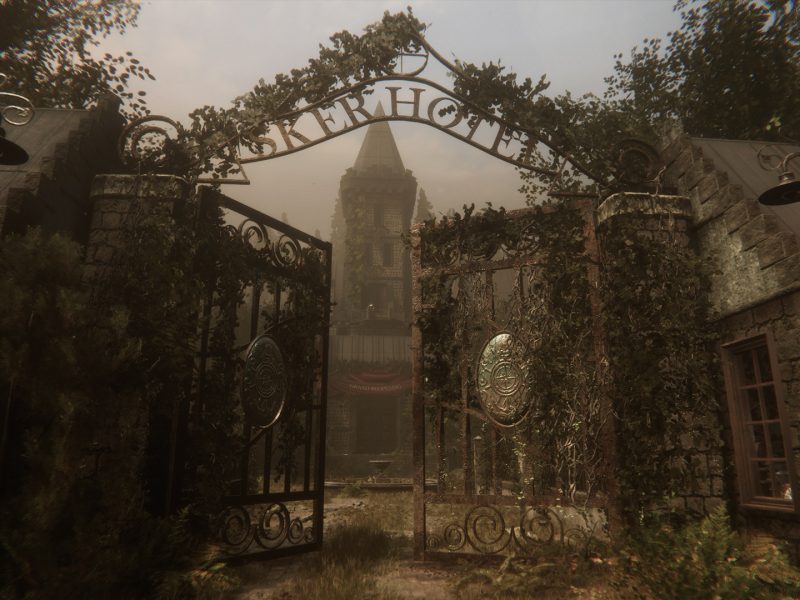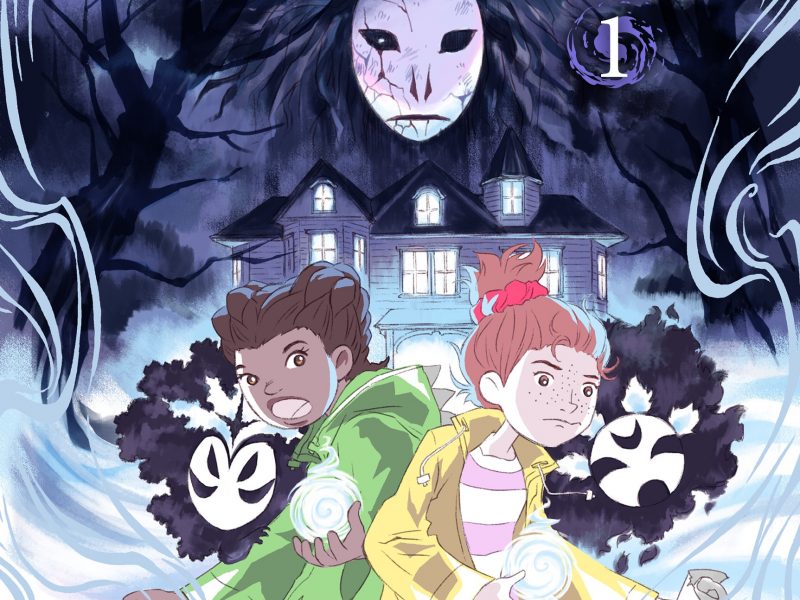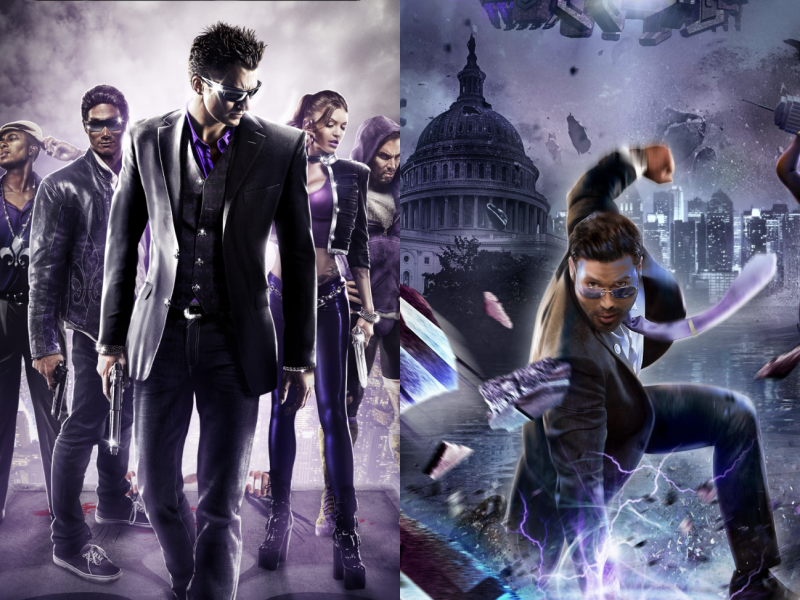"The Artist": Actions Speak Louder Than Words
It's been almost four decades since we had a high-profiled silent movie the world's gone crazy over (Mel Brooks's classic Silent Movie), thanks in part to our film industry being laid brick by brick with a 100% ratio of talking in it. Michel Hazanavicius's The Artist, however, does more without words than just about every film released in 2011.
Taking place during the start of the talkies, The Artist focuses on two main characters. The first is George Valentin (Jean Dujardin), a silent film star whose pictures are a hit all over the world. After the premiere of his latest film an aspiring actress by the name of Peppy Miller (Bérénice Bejo) literally runs into George, and becomes an overnight sensation with the press before she even makes a movie debut. Peppy slowly rises to fame, hoping to one day work side-by-side with George again.
Two years later silent movies finds its end, being replaced by talking pictures. George, refusing to star in them, decides to go out and direct his own silent movie. The film opens the same day as Peppy's first talkie, and like it happened in real life gets trounced by it. Hit by the Great Depression George is forced to sell all his belongings, fire his butler Clifton (James Cromwell), and his forced to wallow in a talkative world with only his pride and dog (Uggie) in tact. Peppy's stardom continues to shine, but she and Clifton want to try everything they can to help the man who gave them what they needed to make themselves who they are.
As The Artist is practically silent from start to finish, it's up to pure direction to make the storytelling aspect work. Sure enough this sort of formula works, with raw emotion and expressions showcasing the true feelings of these characters. Joy, sadness, jealously, and anger are shown in its truest forms, all without the aid of the screams, laughter, and other sound effects we're used to hearing in just about every other movie out there. All that we're given is a beautiful soundtrack composed by Ludovic Bource, who just about perfects the way to create the right essence via music.
The cast dazzles on the screen from start to finish. Both Dujardin and Bejo are sure to become rising stars with their performances as George and Peppy. Their smiles, frowns, and actions showcase the true meaning of acting without uttering a single sound throughout the majority of the film. John Goodman brings out the frustrations of running a movie studio through his character Al Zimmer, while Cromwell plays the butler who loves his job too much to leave to a T. Of course you cannot talk about The Artist without mentioning Uggie's four-legged performance. His actions, cutesy emotions, and duties as the all-around lovable sidekick to our downtrodden hero are reason enough to have the Academy start handing out a trophy each year to the Best Animal Actor. (He did win the Palm Dog Award during the 2011 Cannes Film Festival for his performance, so it certainly hasn't gone unnoticed.)
Finally there is the pacing of the film. As soon as the credits roll you are instantly drawn into the world of The Artist. How the story is told is spectacular, and its usage of speech cards for many of the speaking parts and sounds is done with sheer brilliance. At times there will be regular sound effects, but they are used only to convey a sort of understanding of what is going on in the minds of certain characters. This is Hollywood storytelling like it once was, coming back to kick the face in of all the Chipwreckeds and Zookeepers for being the film abominations that they are.
The Artist serves as a reminder of why movies were made in the first place, reviving an art form that was once lost in an ocean of talkies. This is the type of film that dares to take something old, and make it new again. If anything, The Artist should be set as an example to moviemakers everywhere to show where they came from in the business, and why they do what they love to do. Leave the cell phones off, sit back, relax, and be engulfed in what can only be described as pure movie magic.
***** (out of five)
PS: Don't let the PG-13 fool you. This is a film that anyone of all ages can enjoy in its mostly silent, black & white, and 4:3 aspect ratio glory.


